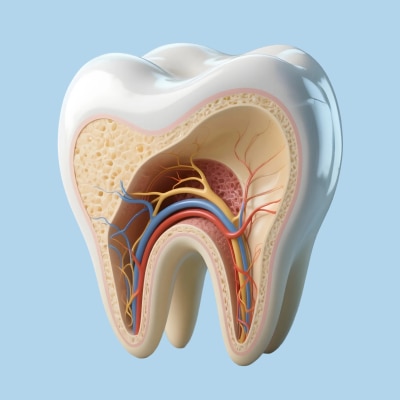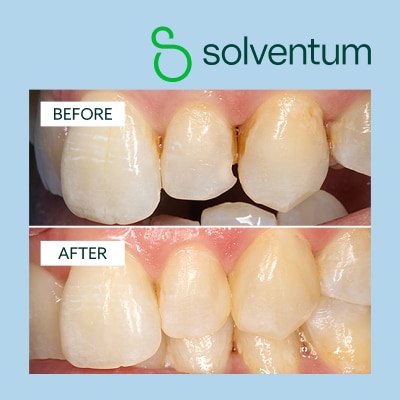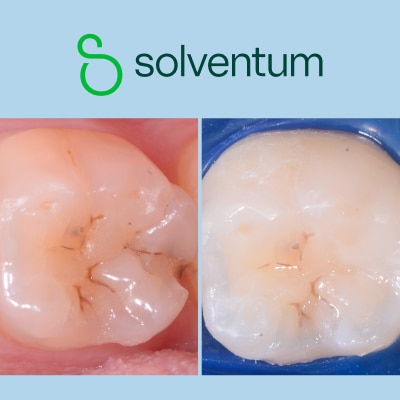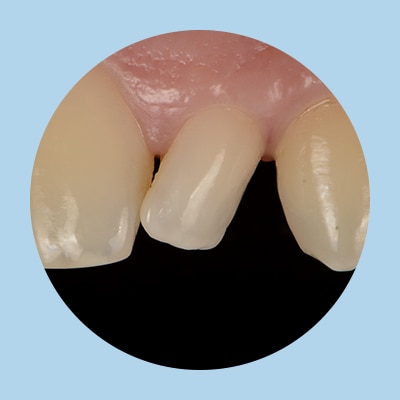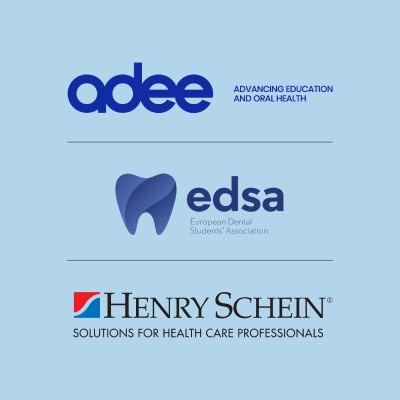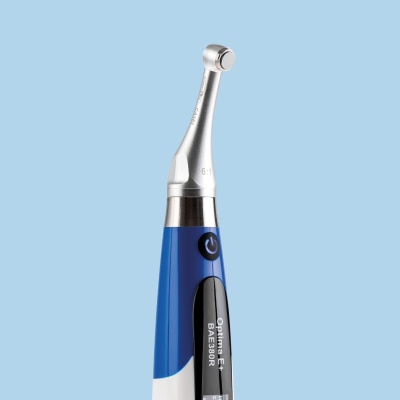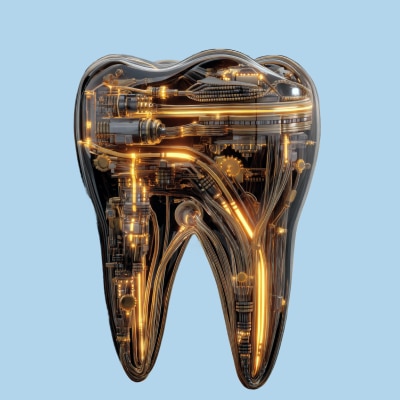Artificial intelligence (AI) has made its presence felt in nearly every industry, from finance to fashion. Dentistry, though traditionally hands-on and tactile, is now squarely in the sights of this technological wave. But what does disruption mean in a field grounded in human touch, clinical judgement, and patient connection?
AI might not be placing crowns or scaling teeth anytime soon, but it’s already changing the way we diagnose, plan, and deliver care. The question is no longer if AI will affect dentistry. It’s how deep that impact will go.
Emerging Applications of AI in Dentistry
Today’s dental clinics are no strangers to technology. Digital imaging, intraoral scanners, and CAD/CAM systems are already part of daily workflows. But AI goes a step further, it brings pattern recognition, prediction, and decision support into the mix.
Here’s where we’re seeing that potential unfold:
Diagnostics and Imaging
- AI can analyse radiographs and CBCTs with remarkable accuracy and consistency.
- Early detection of caries, periodontal bone loss, and even oral cancers is becoming faster and potentially more reliable.
- Some platforms highlight anomalies or risk areas before a clinician even picks up the mouse.
These tools don't replace the dentist's eye, but they can act like an always-alert second opinion, especially helpful on a full schedule or in a busy group practice.
Treatment Planning
- Orthodontic simulation software now uses AI to model tooth movement in real time.
- Implant planning tools predict bone integration success based on imaging and patient data.
- Periodontal prognosis models suggest personalised maintenance intervals.
AI isn’t diagnosing or prescribing, but it’s quietly informing choices in the background, and it’s getting better all the time.

Dental Technology
Discover the latest dental technology to enhance your practice. From practice management software to intra-oral cameras, lasers, digital x-rays, panoramic x-rays, cone beam technology and CAD CAM systems, we have you covered.
Patient Interaction and Education
Chatbots and virtual assistants are being used to:
- Book appointments.
- Send pre- and post-op instructions.
- Answer basic oral health questions.
For patients who are nervous, time-poor, or hard to reach, these tools can improve communication without increasing your admin burden.
Practice Operations
AI tools are beginning to help with:
- Automating insurance coding and billing.
- Forecasting inventory needs.
- Predicting appointment no-shows.
These advances will work to reduce the administration burden in your practice, freeing up more time for seeing patients.
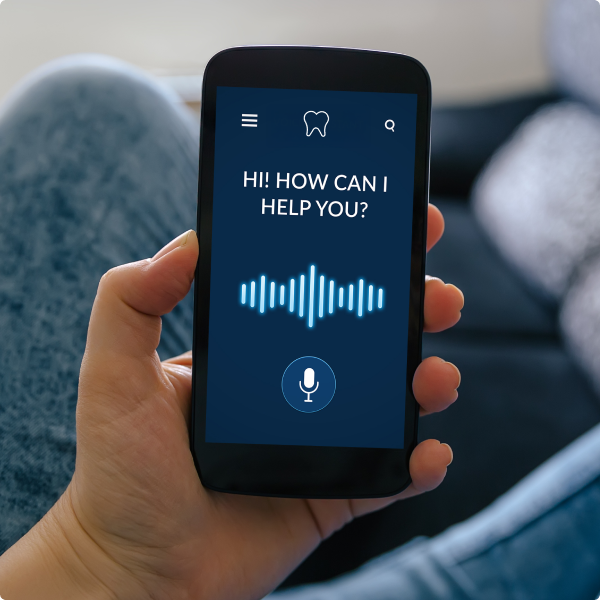
Is AI a Disruption or an Enhancement?
The phrase ‘disruptive technology’ can set off alarm bells. Will AI take over decision-making? Will it deskill the profession? But all ‘disruptive’ means in this context, is that it is going to change the way we do things – almost always because it is more efficient and more accurate.
What’s more, disruption doesn't have to mean replacement. More often, it means enhancement.
In dentistry, AI has the potential to:
- Improve diagnostic consistency, especially among large teams.
- Reduce cognitive load, freeing up time for patient conversations.
- Offer risk assessments, based on data too large for humans to process unaided.
Yes, there will be tension. Referrals might shift. Some aspects of the clinical eye may become augmented or even challenged. But if the profession leans in rather than resists, AI has the potential to act more as a microscope than a clinician —a tool that lets us see more, not do less.
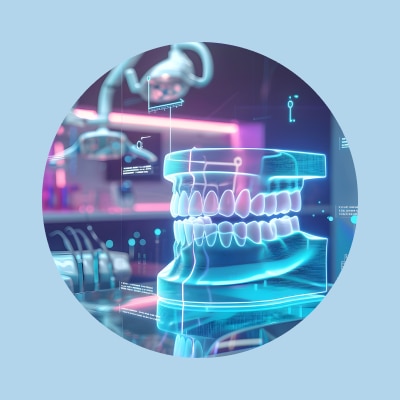
AI in Dentistry
Discover how AI is changing dentistry, the risks of inaction, and actionable tips to keep your practice ahead of the curve.
The Future Outlook—and What’s Holding It Back
The AI-enhanced dental practice isn’t science fiction, it’s just around the corner. AI applications that are nearly with us include:
- Real-time caries detection.
- Predictive analytics suggesting which patients need closer recall intervals.
- Virtual consultations triaged by AI, then handed off to clinicians with a full summary of risk indicators.
Sounds ideal, and we know this technology is already appearing, but what’s slowing it down?
Current Barriers to Widespread Adoption
- Cost: Many AI systems require significant upfront investment, plus integration with existing software.
- Training: Dentists and teams need time (and motivation) to learn new systems.
- Standardisation: With so many platforms, there’s no ‘one system fits all’ yet.
- Regulation: Governing bodies are still deciding how to regulate AI-supported diagnostics and treatment tools.
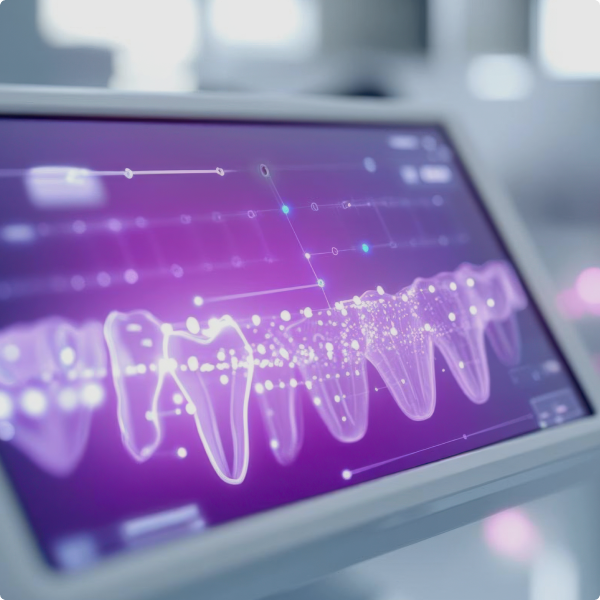
Still, the momentum is building. Dental schools are starting to include AI tools in their curricula. Startups and large dental software providers alike are racing to refine their platforms. And in time, patients may come to expect AI-enhanced care as part of the norm.
AI is not here to take over the operatory—but it is here to change the way we think, plan, and communicate as dental professionals.
Whether it’s a disruptive force or a powerful partner depends on how we choose to engage with it. But one thing is clear: this technology is not a distant future. It’s already chairside.
So perhaps the better question isn’t will AI be disruptive—but are you prepared for the disruption that’s already begun?

